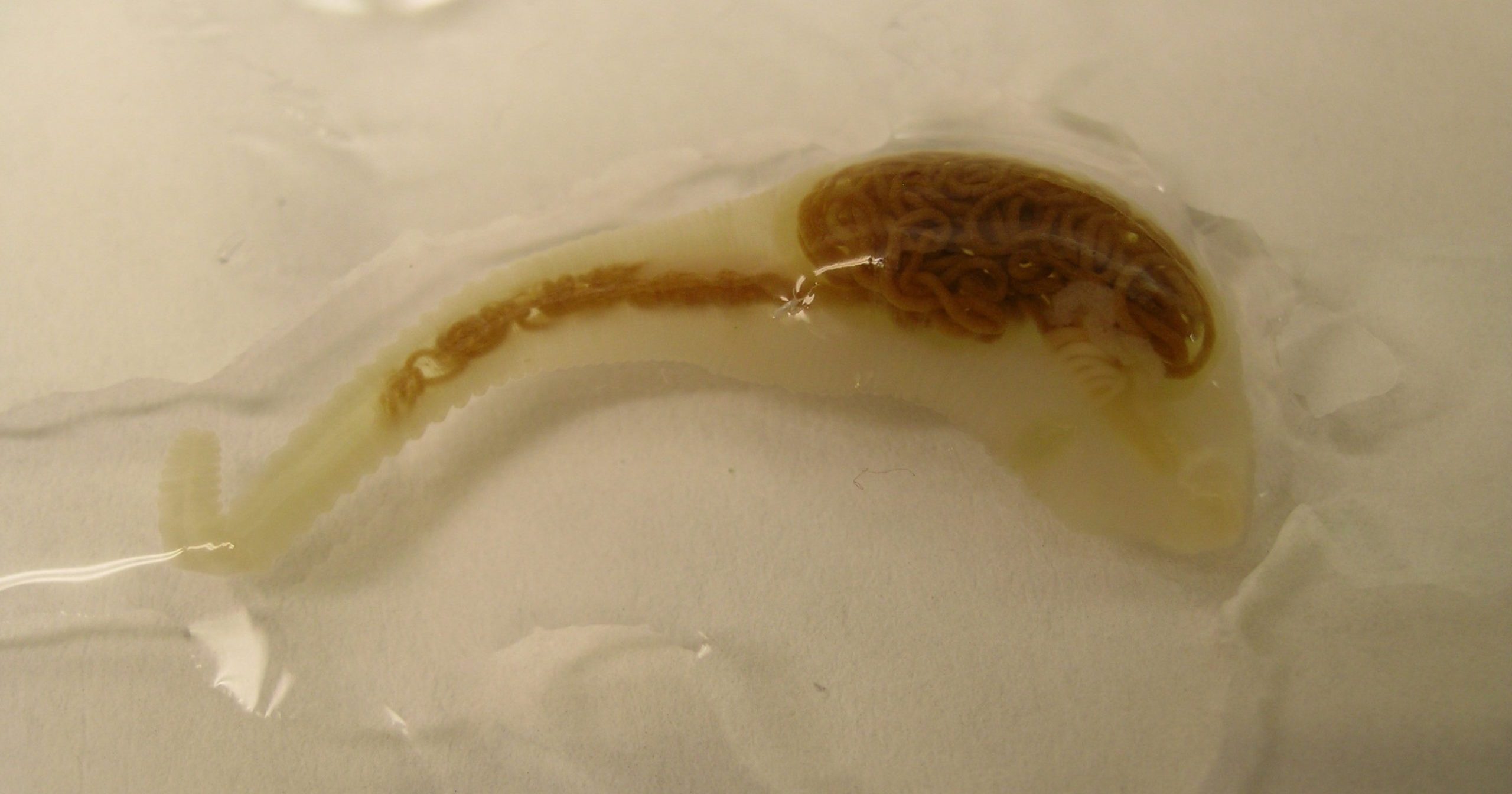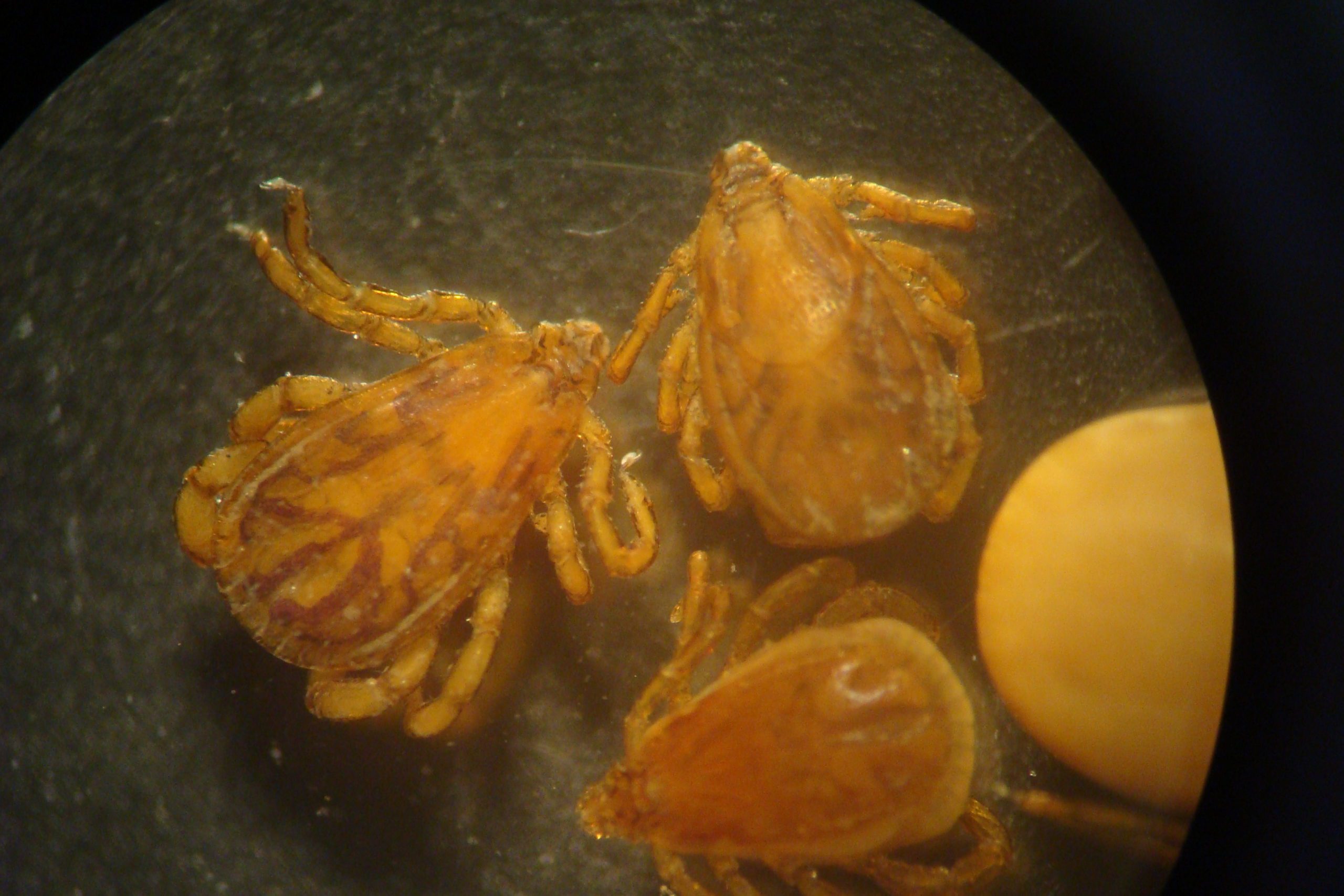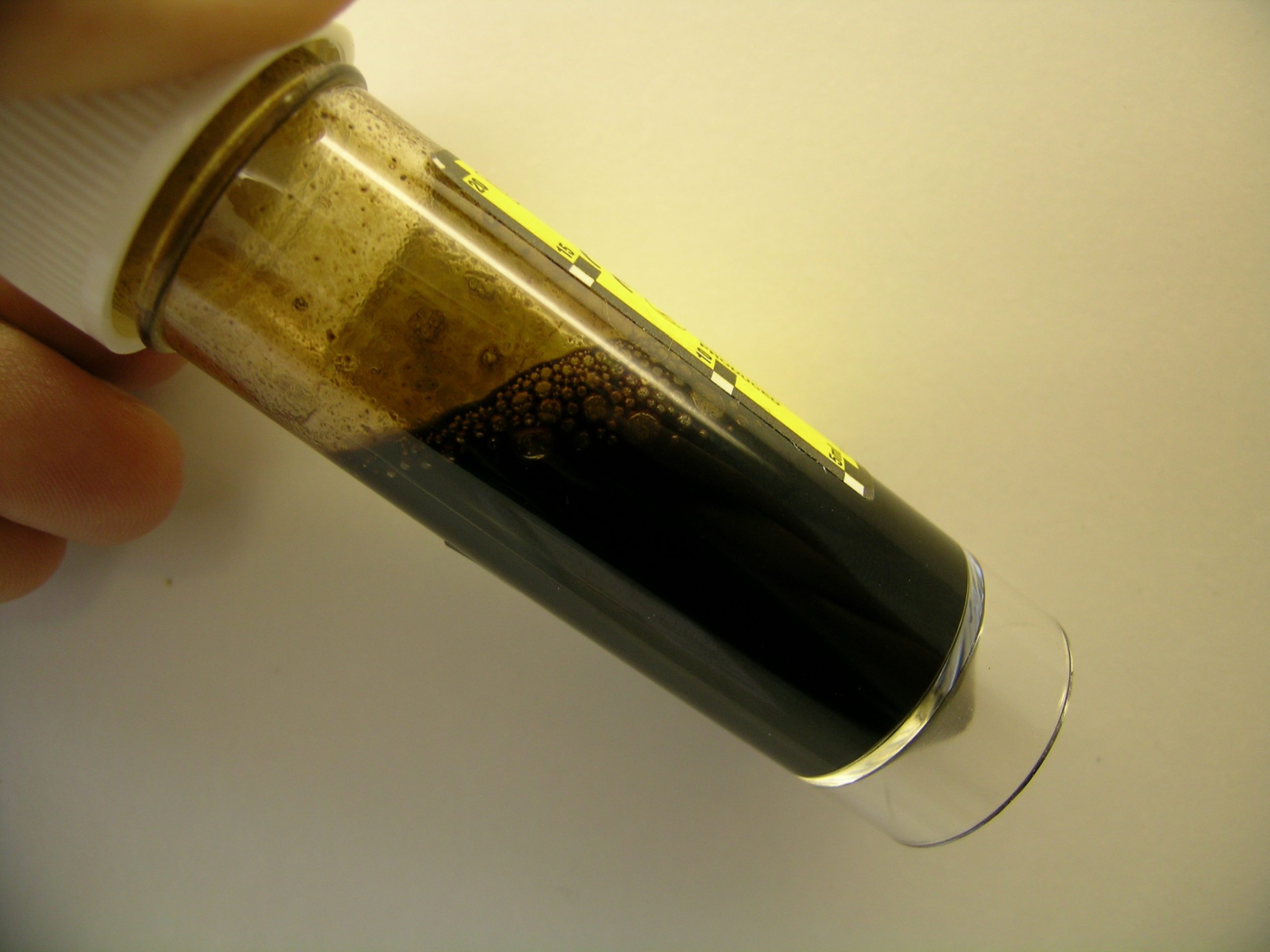

Exotic parasites and dog importation:
managing the risks
Exotic parasites and dog importation:
managing the risks

Image © Dr_Microbe / Adobe Stock
Abstract
Increased importation of pets and the expansion of parasite distributions is increasing the risk of pets infected with exotic parasites entering the UK.
Rapid recognition of clinical signs, effective use of preventive treatments and screening tests in imported dogs can improve prognostic outcomes for the individual patient – as well as limiting parasite spread and zoonotic risk.
Keywords: Exotic parasites, imported dogs diagnosis, prevention
Contents
Introduction
The past few years have seen a steady increase in numbers of legally and illegally imported pets entering the UK. Part of this trend has been driven by pets being rescued from abroad and then being rehomed in the UK.
This, in combination with expanding global parasite distributions, increases the risk of exotic parasites being introduced.
The rapid identification of parasitic infection and disease in imported rescue dogs forms an essential part of preventing new parasites and vectors establishing in the UK. It also improves prognostic outcomes for the individual patient in many cases and allows a long-term treatment plan to be put in place where one is required.
European Scientific Counsel Companion Animal Parasites (ESCCAP) UK and Ireland recommends a systematic approach to imported dogs in practice in relation to exotic parasites they may be carrying. This consists of four steps, known as “the four pillars”.
Step 1
Checking for ticks and identifying any found
Identification of ticks allows the introduction and distribution of exotic tick species to be monitored in the UK, but also indicates which tick-borne diseases the imported pet may have been exposed to.
Rhipicephalus sanguineus ticks (Figure 1) have the potential to establish in centrally heated homes in a similar way to fleas, with larvae, nymphs and adults all capable of feeding on humans and pets.
This raises the possibility of transmission of zoonotic pathogens, such as Rickettsia species, where an infestation has established. Early removal and identification of ticks will also help to prevent this.
Ticks should be removed carefully with a tick removal device. Compressing or crushing ticks in situ with blunt tweezers or fingers will stress the tick, leading to regurgitation and emptying of the salivary glands, potentially leading to increased disease transmission.
The application of petroleum jellies and/or burning the tick are not required and are contraindicated.
Once removed, the ticks can be sent to the UK Health Security Agency’s Tick Surveillance Scheme (https://www.gov.uk/guidance/tick-surveillance-scheme). Using this service also allows the ticks to be included in surveillance data.
Figure 1. Rhipicephalus species ticks. Image: John McGarry, University of Liverpool
Step 2
Treat dogs again with praziquantel within 30 days of return to the UK and treat for ticks if treatment is not already in place
The compulsory tapeworm treatment prior to dogs entering the UK has proved vital in keeping the UK free of Echinococcus multilocularis.
The one to five-day treatment window, however, does allow the potential for dogs to be infected after treatment before their arrival in the UK.
An additional treatment within 30 days after UK entry will help ensure that E multilocularis is eliminated from imported pets, whatever the timing of their compulsory treatment, or if there is doubt about it having been administered.
E.multilocularis infected dogs in the UK represent a threat to both national biosecurity and a significant zoonotic threat to in contact individuals
Tick treatment, where this is not already in place on arrival, will increase the likelihood of attached ticks being killed if they are missed on examination.
Larvae and nymphs are very small and easily missed on examination, especially in long-coated breeds or on nervous dogs that are reluctant to be examined
Step 3
Recognise clinical signs relevant to diseases in the countries visited or country of origin
A thorough and comprehensive clinical exam of imported pets will identify clinical signs, and these can then be compared to common exotic parasitic diseases, and those in the countries that the pet has visited.
Relevant clinical signs for parasitic infections include:
- Tick-borne pathogens. Many clinical tick-borne infections will present acutely with lymphadenopathy and pyrexia including E canis, Hepatazoon species, Anaplasma platys and Babesia vogelli. Babesia species infection can lead to immune-mediated haemolytic anaemia in dogs, with severe cases presenting with dark brown urine associated with haemoglobinuria (Figure 2). Both Anaplasma species and Babesia species can cause immune-mediated thrombocytopenia, with spontaneous bleeding or bruising. Tick-borne encephalitis and both acute and chronic ehrlichiosis may present with central nervous signs, including ataxia, seizures, paresis, hyperesthesia, cranial nerve deficits and vestibular signs. Chronic ehrlichiosis may occur months or years after UK entry, so travel history may not be apparent.
- Leishmania infantum. Leishmaniosis is chronic in nature, with a variety of clinical signs due to immune-mediated disease and complex deposition. These include lymphadenopathy, cutaneous signs (for example, generalised and focal alopecia, hyperkeratosis, dermal ulcers and periocular alopecia), weight loss, splenomegaly, renal signs associated with glomerulonephritis, epistaxis, polyarthritis, bruising and bleeding associated with thrombocytopenia, ocular inclusion bodies, uveitis and neurological signs associated with spinal and CNS granulomas. Signs may take months or years to develop, so travel history may not be recent.
- Dirofilaria immitis (heartworm). Infected dogs typically present with cardiopulmonary signs including coughing, tachypnoea, dyspnoea and exercise intolerance. Acute clinical signs associated with thromboembolism, subsequent pulmonary hypertension and Caval syndrome may also be seen. Use of macrocyclic lactones in dogs with large numbers of circulating microfilaria can also lead to anaphylaxis.
- Brucella canis. Infected dogs are often subclinical. When clinical signs occur, they are often reproductive in nature, such as infertility, abortion, endometritis, epididymitis and orchitis. Non-reproductive signs can also occur, including chronic uveitis, endophthalmitis, lymphadenitis and discospondylitis.
Figure 2. Haemoglobinuria. Image: Pedro Serra, NationWide Laboratories
Other exotic worm infections may also be present that may be identified by the presence of adult worms or associated clinical signs. They include:
- Thelazia callipaeda (eye worm). Although often subclinical, ocular thelaziosis can develop with conjunctivitis, keratitis, ephiphora, eyelid oedema, corneal ulceration and, in serious cases, blindness. Close examination of the conjunctiva will often reveal worms actively moving on the surface, but local anaesthetic and possibly sedation may be required to comprehensively examine the eye for worms where clinical signs are present. Checking is vital in all imported cats and dogs to detect low grade or subclinical infections to prevent vector exposure.
- Dirofilaria repens (skin worm). Many infections are subclinical, but clinical signs associated with infection can occur including dermatitis and multifocal nodules in the skin. Where nodules or adult worms are in proximity to the eye, ocular signs can also occur. Adult worms may be visualised emerging from surgical incisions or nodules or may be identified at histology.
- Linguatula serrata. Most canine infections are subclinical, but large burdens can lead to rhinitis and nasopharyngitis, with associated chronic sneezing and/or coughing, purulent nasal discharge and epistaxis. Parasites may be discharged during sneezing (Figure 3).

APHA, in collaboration with ESCCAP UK and Ireland, is offering free of charge morphological identification of suspected cases of T callipaeda, D repens and L serrata seen in veterinary practices in England and Wales (http://apha.defra.gov.uk/vet-gateway/surveillance/experts/parasitology.htm).
Submitting samples will confirm diagnosis and also contribute to national surveillance data.
Step 4
Screening for Leishmania species heartworm, Brucella canis and exotic tick-borne diseases in imported dogs
Screening for these parasites in dogs imported into the UK will lead to early diagnosis, preparing the owner for what could be a lifetime of potential treatment, any associated zoonotic risk and limiting wider spread through effective tick control.
Useful screening tests for each parasite include:
- Quantitative serology, with the option to confirm by PCR, cytology or histology from clinically affected sites. Testing should be repeated at, or delayed until, 6-9 months post-UK entry, as antibodies take time to develop. Patient side qualitative serology tests are available that can be used as an initial screen before performing a quantitative test.
- Antigen blood test. Testing should be repeated at, or delayed until, 6-9 months post-UK entry as adult worms can take this long to develop and antigen become detectable.
- Ehrlichia canis and Anaplasma. Serology or blood PCR.
- Hepatozoon canis. Blood smear or PCR. Blood smears are less sensitive, but can be a useful initial screen.
- Babesia. Blood smear if clinical signs are present or blood PCR.
- Brucella canis. Serology. Testing should be repeated 3-6 months after UK entry. Testing may be delayed until this point if zoonotic and onward transmission risk is deemed to be sufficiently low.
Conclusion
The growing trend of importation of rescue dogs from abroad is only likely to grow over the coming months and years.
While as a profession, vets have a role to play in educating the public regarding the disease risks of importing dogs from abroad, veterinary professionals also have a vital role in assessing imported dogs for evidence of parasitic infection and putting effective preventive measures in place.








